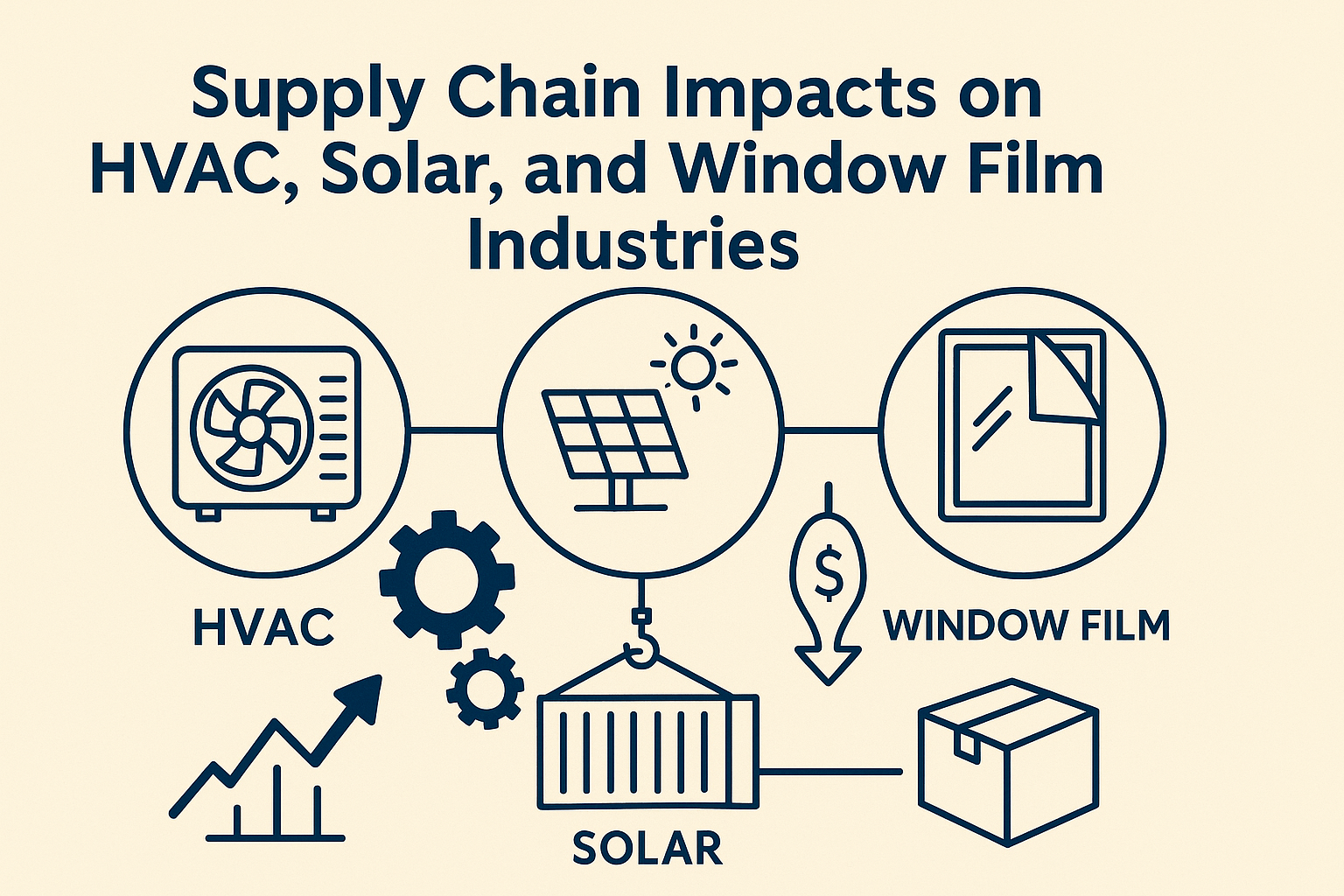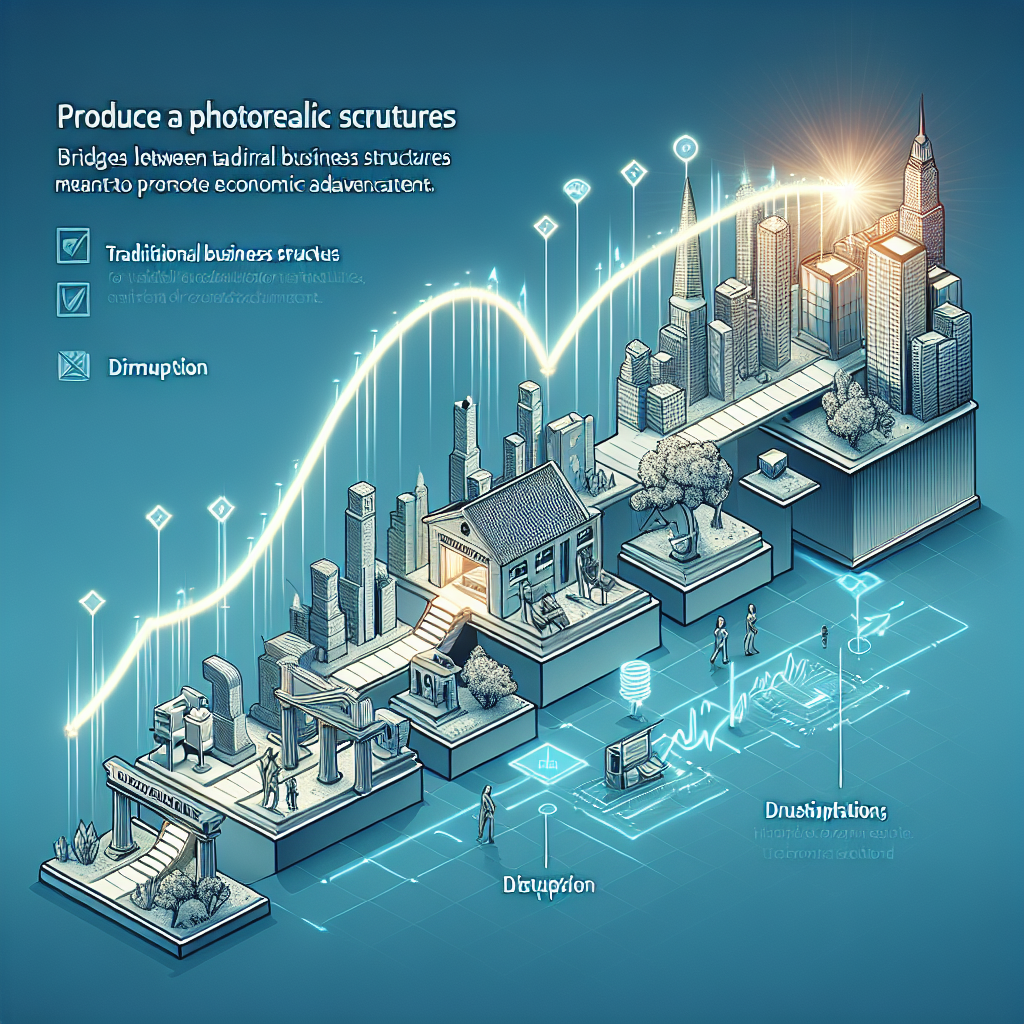In 2025, supply chain complexities continue to loom large over the home services sector, with HVAC, solar, and window film industries facing distinct, yet interconnected, disruptions. These businesses must navigate regulatory shifts, rising costs, and geopolitical uncertainties while pursuing resilience and growth in an increasingly competitive market.
Window Film: Navigating Material Shortages
The Cost Squeeze on Windows & Film
Inflationary pressures hammer all sides of the window film business, from raw material procurement to labor and transportation. As a result, many manufacturers and installers are forced to either absorb higher costs, streamline their operations, or cautiously pass increases onto customers.
In an interview with Making the Number, the team at Total Protection Films, a window tinting company in Phoenix, balancing the increase cost without passing excessive price increases to consumers is a severe challenge.
“We are hoping things settle down soon so we can continue to provide our customers with the window tinting solutions they need at an affordable price point,” said Steve, a lead installer with the company.
Raw Material and Logistics Challenges
The window film industry finds itself similarly squeezed by raw material shortages. Key inputs such as polyethylene, polypropylene, and specialty resins have become harder to procure due to global demand surges, extreme weather events, and geopolitical unrest.
Meanwhile, logistical bottlenecks — from port congestion to rising freight costs — have turned material sourcing into a high-stakes chess match. Shipping delays and unpredictable delivery windows challenge even the most prepared suppliers and installers.
Industry Adaptations
To counter volatility, forward-thinking businesses are diversifying their supply chains, sourcing from multiple regions rather than relying on a single country. Additionally, digital supply chain management tools are becoming essential, enabling real-time tracking, inventory optimization, and predictive logistics planning.
The Broader Home Services Supply Chain Landscape
The broader home service market in 2025 is marked by persistent supply-demand imbalances, labor shortages, and escalating customer expectations. Inflation and volatile interest rates further exacerbate cost pressures, impacting project timelines and profitability.
Homeowners now demand not just speed and affordability, but sustainable and personalized solutions. This demand-supply mismatch creates mounting challenges across sectors while simultaneously birthing new opportunities for businesses agile enough to pivot and innovate.
HVAC: Transition and Turmoil
Refrigerant Regulations Spark Disruptions
The HVAC sector is undergoing a significant transformation, driven by regulatory mandates phasing out high-GWP refrigerants like R-410A. 2025 marks a major shift toward mildly flammable A2L refrigerants such as R-32 and R-454B. While these changes aim to cut environmental impact, they introduce immediate operational headaches: contractors must retrain technicians, adjust safety protocols, and secure new equipment compatible with updated standards.
Consequently, equipment availability is strained, and temporary gaps in technician training exacerbate delays.
Economic Pressures Intensify
Compounding regulatory challenges are inflation and persistent supply bottlenecks (ACHR News). Sourcing compatible parts, refrigerants, and compliant systems takes longer and costs more. These pressures ripple down to consumers, leading to price hikes and extended project timelines.
Bright Spots on the Horizon
Despite the turbulence, opportunities abound. Decarbonization incentives like those outlined in the Inflation Reduction Act are accelerating demand for high-efficiency HVAC systems (Workyard). Contractors who swiftly adapt to new standards and capitalize on government incentives can position themselves as leaders in the green energy movement (FieldAx).
Solar: Global Concentration Creates Fragility
Heavy Reliance on China
Nowhere is the vulnerability of concentrated supply chains more evident than in the solar industry. Despite efforts to diversify, the global solar PV supply chain in 2025 remains heavily reliant on China for polysilicon, wafers, cells, and modules.
Speaking with the team at Saguaro Solar, a solar company based on Tucson that serves all of Southern Arizona, we learned that tariffs and trade dynamics are expected to drastically increase cost of solar panels going into 2026 and beyond.
This concentration leaves solar projects exposed to geopolitical tensions, trade disputes, and tariff hikes. Indeed, price volatility has spiked, with solar panel costs up nearly 20% year-over-year, and project delays becoming an unfortunate norm.
Navigating Price Volatility and Policy Risks
The industry grapples with not just material shortages, but also the effects of expanding trade restrictions and import duties. Governments are responding by prioritizing supply chain resilience initiatives — from subsidizing domestic manufacturing to creating strategic reserves of critical materials.
While these policy shifts are promising, meaningful change is slow, and many solar installers are turning to creative financing options and diversified sourcing to mitigate risks.
Cross-Industry Challenges and Innovations
Inventory Management Woes
Inventory management has become a defining pain point across all home service sectors. Disruptions and demand volatility make it increasingly difficult to maintain optimal stock levels. Businesses are investing in automation and advanced inventory management systems to streamline procurement and fulfillment processes.
Positive Market Trends
Despite ongoing challenges, the future isn’t entirely bleak. Improving economic fundamentals — particularly declining inflation and interest rates — are expected to spur a rebound in home improvement spending. Furthermore, rising consumer demand for sustainable, energy-efficient solutions — such as smart home technologies and decarbonization upgrades — presents enormous growth potential.
Businesses that successfully integrate supply chain resilience, technological innovation, and sustainability into their models will emerge as industry leaders in the post-disruption economy.
Conclusion: Resilience as a Competitive Advantage
As we move through 2025, HVAC, window film, and solar businesses must grapple with an evolving and often unforgiving supply chain environment. Regulatory changes, material shortages, inflationary pressures, and geopolitical risks are not temporary hurdles but structural challenges requiring permanent strategic shifts.
Those who embrace diversification, digitization, and proactive supply chain management — while maintaining a focus on sustainability and customer-centric service — will “make the number” and then some.


